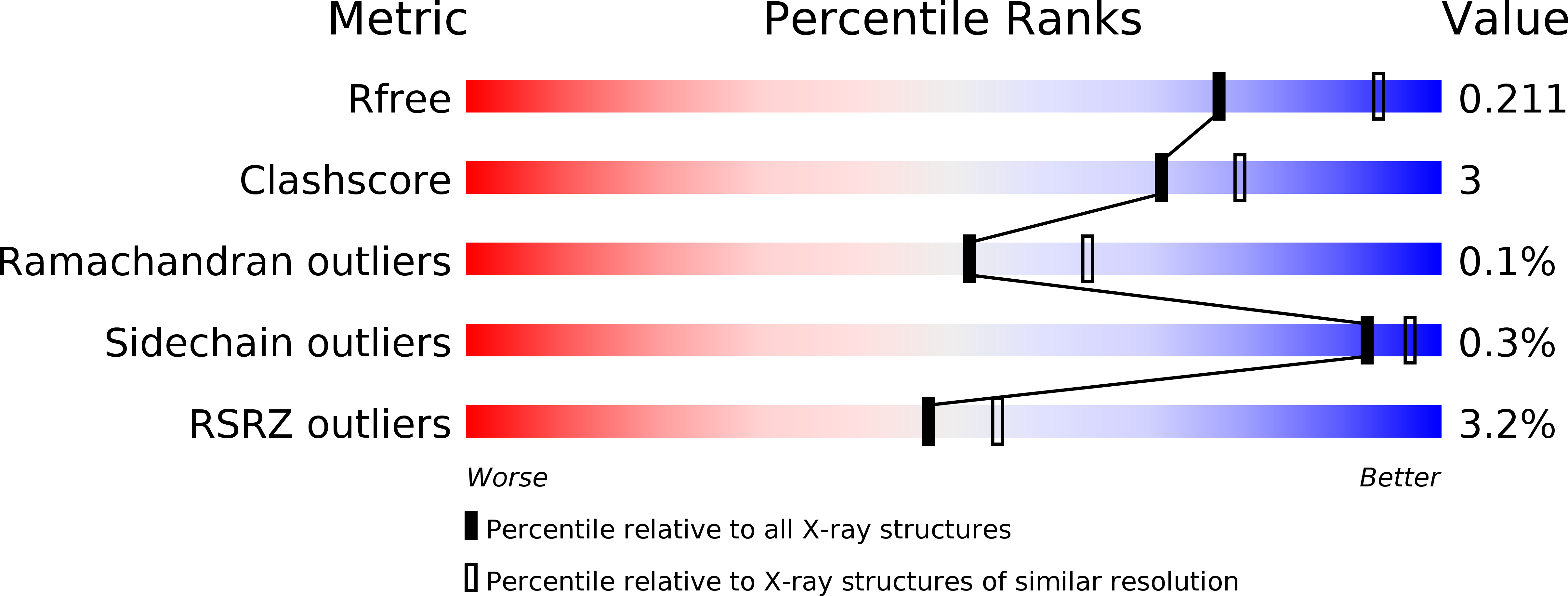
Deposition Date
2017-06-19
Release Date
2018-04-25
Last Version Date
2024-03-13
Entry Detail
PDB ID:
5W75
Keywords:
Title:
Crystal Structure of Reconstructed Bacterial Elongation Factor Node 168
Biological Source:
Source Organism:
Host Organism:
Method Details:
Experimental Method:
Resolution:
2.30 Å
R-Value Free:
0.22
R-Value Work:
0.19
R-Value Observed:
0.19
Space Group:
P 21 21 21


